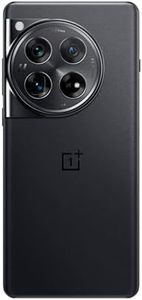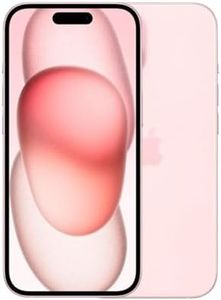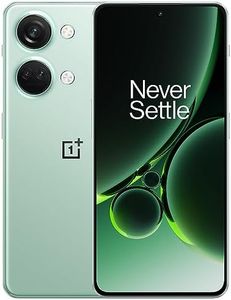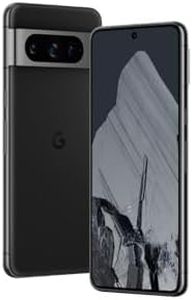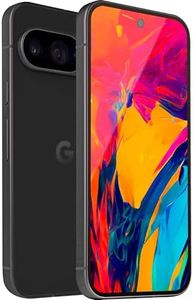We Use CookiesWe use cookies to enhance the security, performance,
functionality and for analytical and promotional activities. By continuing to browse this site you
are agreeing to our privacy policy
10 Best Mobile Phones
From leading brands and best sellers available on the web.By clicking on a link to a third party's website, log data is shared with that third party.
Buying Guide for the Best Mobile Phones
Choosing the right mobile phone can feel overwhelming with so many options and features out there. The key is to focus on what you actually need in your day-to-day life. Think about how you use your phone: do you love taking photos, playing games, or just want something reliable for calls and texts? Consider the activities that matter most to you, since every specification affects your experience differently. By understanding each key aspect of a phone, you can find one that fits your habits and makes your everyday tasks smoother.Display Size and TypeThe display is the screen where you view everything on your phone. Size refers to how large the screen is (measured diagonally in inches), while 'type' relates to the technology used (like LCD, OLED, or AMOLED). Bigger displays are great for watching videos or gaming, but can make the phone bulkier and harder to handle. Smaller displays make for more portable devices that are easy to use one-handed. Display type affects color and brightness; OLED and AMOLED screens tend to be more vibrant and energy efficient. If you frequently watch videos or edit photos, go for something larger and with a better display type. If you prefer a compact phone for easy carrying, a smaller display is just fine.
Battery LifeBattery life tells you how long your phone can run on a single charge. It's usually measured in milliampere-hours (mAh) and also influenced by how efficient the phone is. Phones with bigger batteries can last longer, but think about how you use your phone: heavy gaming or video streaming drains the battery faster. If you use your phone constantly throughout the day, look for ones with higher battery capacity. For lighter use (texts, occasional calls), average battery sizes work well and can keep your phone slim and light.
Camera QualityCamera quality is about how good your phone is at taking photos and videos. This is usually described in megapixels (MP) and can also involve features like multiple cameras (ultra-wide, zoom, macro), better low-light performance, or advanced software modes. Higher megapixels can mean more detail, but lens quality and image processing matter too. If taking high-quality photos is important to you, look for phones with better camera specs and more features. If you just need to share simple snapshots or social media selfies, basic cameras are more than enough.
Performance (Processor and RAM)Performance comes down to how fast and smoothly your phone can run apps and games. This depends on the processor (the 'brain' of the phone) and RAM (helps with multitasking). Higher-end processors and bigger RAM (measured in GB) handle demanding tasks like gaming or video editing better, while modest specs are fine for calls, browsing, and social apps. Think about what you do on your phone most: if you only use it for basic tasks, standard performance is fine; for gaming or heavy multitasking, aim for higher RAM and a faster processor.
Storage CapacityStorage capacity is the amount of space you have for apps, photos, videos, and files. It's measured in gigabytes (GB). More storage means you can store more media and install more apps, while low storage fills up quickly if you love taking lots of pictures or downloading movies. If you keep most things in the cloud or use your phone minimally, lower storage options are suitable. For heavy app users, photographers, or those who want to keep lots of content locally, go for higher capacity.
Operating System and UpdatesThe operating system (like Android or iOS) controls how your phone looks and works. Updates are important for security and new features. Pick an operating system you’re comfortable with, and check how often the brand provides updates, since regular updates keep your phone secure and running smoothly. If you prefer familiarity and like things to just work, stick with an OS you've used before. Tech enthusiasts might prefer options with more customization available.
Build Quality and DurabilityBuild quality refers to how sturdy and well-made the phone feels—using materials like glass, plastic, or metal, and sometimes offering water or dust resistance. If you tend to drop your phone or use it outdoors, look for robust builds and certifications like water/dust resistance. If you're more careful and want something lightweight, thinner phones with simpler builds may appeal more.
Connectivity and Extra FeaturesConnectivity covers things like support for 5G, Wi-Fi standards, Bluetooth versions, and whether the phone supports dual SIM or expandable storage. Extra features may include fingerprint scanners, face unlock, wireless charging, or headphone jacks. Think about your area’s network coverage and whether fast data speeds or extras like secure unlocking are important for you. For most casual users, standard connectivity and a few extras will suffice, but those who need the latest network speeds or special features should check these in detail.
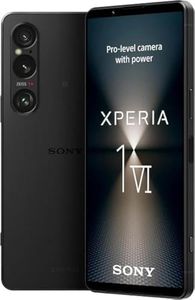

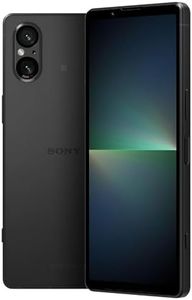
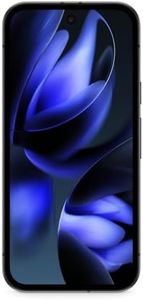
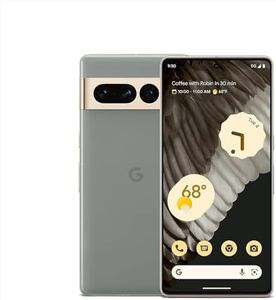
![Samsung Galaxy S24 FE [AU Version], 6.7" Android 14 AI Smartphone, 50MP Camera, 8GB RAM, 128GB, Graphite](https://images-proxy.bestreviews.guide/L_HNqv39f7eRWFY0Ho-7mqEXD3g=/0x300/https://m.media-amazon.com/images/I/31fki5j7YaL._AC_CX679_.jpg)
